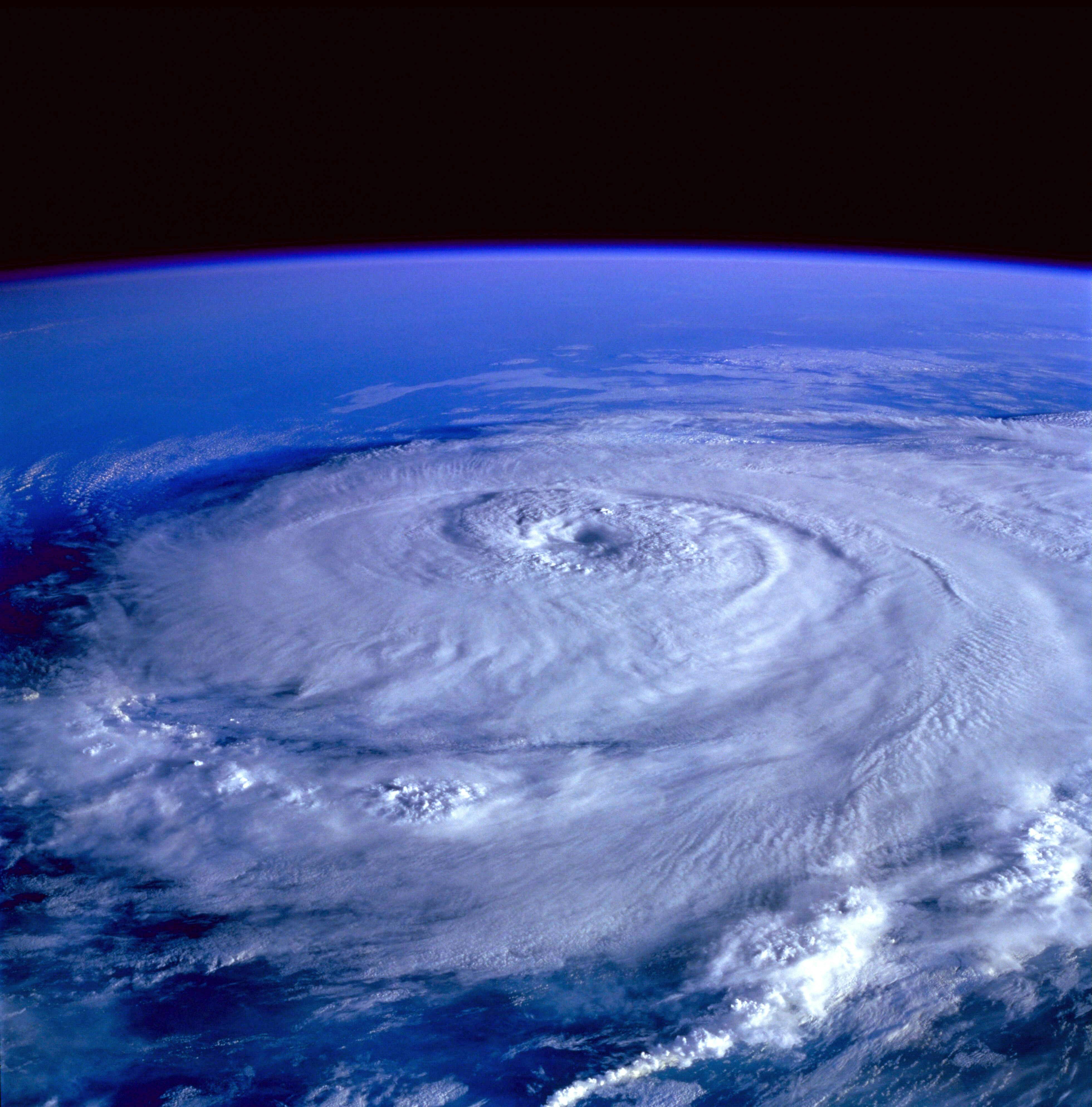Hurricane Beryl: Devastation, Response, and Hope
Hurricane Beryl, a powerful Category 4 storm, recently unleashed its fury on Jamaica and several Caribbean islands, leaving a path of destruction. With winds up to 140 mph, Beryl caused significant damage to infrastructure, homes, and communities.

Hurricane Beryl: Devastation, Response, and Hope
Hurricane Beryl, a powerful Category 4 storm, recently unleashed its fury on Jamaica and several Caribbean islands, leaving a path of destruction. With winds up to 140 mph, Beryl caused significant damage to infrastructure, homes, and communities. Jamaica's Norman Manley International Airport faced extensive damage, and many areas experienced severe flooding and power outages.
The Human Impact
In Jamaica, entire communities like Portland Cottage in Clarendon were devastated. Homes were left roofless, streets were blocked by fallen trees and utility poles, and residents faced immense challenges in the aftermath. The storm's impact extended beyond Jamaica, hitting St. Vincent, the Grenadines, Barbados, and Grenada, where homes were destroyed and livelihoods disrupted.
The immediate aftermath saw people rummaging through debris to retrieve their belongings, with many left homeless and in dire need of basic supplies. Schools and businesses were closed, and access to clean water became a critical issue. The death toll across the Caribbean stood at seven, with three fatalities reported in Grenada and additional casualties in St. Vincent and northern Venezuela.
Response and Relief Efforts
The response to Hurricane Beryl has involved significant international aid and local efforts. Several internet companies have stepped in to assist with restoration and relief:
- AT&T: Deployed emergency communication teams and portable cell towers to restore connectivity in affected areas.
- Google Fiber: Provided free Wi-Fi hotspots and temporary internet access to shelters and emergency centers.
- Digicel: A Caribbean telecom giant, sent technical teams to repair damaged infrastructure and distributed mobile devices with data plans to residents for free.
Humanitarian organizations such as the Red Cross and local governments have been instrumental in providing immediate relief, including food, water, and medical supplies. Volunteers from around the world have come together to assist in rebuilding efforts.
How It Helps
The involvement of these companies and organizations has made a significant difference in the recovery process:
- Restoring Connectivity: Portable cell towers and Wi-Fi hotspots have allowed emergency services to communicate effectively.
- Supporting Residents: Free mobile devices and internet access help residents stay informed about relief efforts and contact loved ones.
- Rebuilding Infrastructure: Technical teams are working around the clock to repair damaged lines and restore normalcy.
Stories of Resilience and Hope
Amidst the devastation, stories of resilience and community spirit have emerged. In Clarendon, neighbors have come together to clear debris, share resources, and support each other. Volunteers and international aid workers have provided food, water, and medical supplies, showcasing a global effort to help those in need.
One inspiring story is that of a local schoolteacher in Grenada who turned her home into a temporary shelter for displaced families. Her actions, along with those of many others, highlight the strength and compassion of the human spirit in times of crisis.
In Barbados, community leaders have organized local clean-up drives and fundraisers to support rebuilding efforts. These grassroots initiatives demonstrate the power of collective action in overcoming adversity.
What's Next
The road to recovery will be long, but the efforts of local and international communities offer hope. As rebuilding begins, it is crucial to focus on creating more resilient infrastructure to withstand future storms. Continued support from internet companies and other organizations will be essential in ensuring a swift and effective recovery.
Future efforts will also involve:
- Strengthening Infrastructure: Investing in more robust buildings and communication networks to better withstand hurricanes.
- Improving Emergency Response: Enhancing early warning systems and disaster preparedness plans to reduce the impact of future storms.
- Supporting Mental Health: Providing psychological support to help residents cope with the trauma and stress caused by the hurricane.
Conclusion
Hurricane Beryl has tested the strength of communities across the Caribbean, but the rapid response and ongoing support highlight the power of unity and resilience. By staying informed, prepared, and connected, we can navigate these challenges and build a stronger future together.
For more detailed updates on the situation and ongoing relief efforts, you can visit the following sources:
Stay safe and support those affected by contributing to relief efforts and spreading awareness.




